|
Shenandoah was Virginia’s first national park and was dedicated on July 3, 1936. We rode up and down Skyline Drive to admire the amazing beauty of Shenandoah National Park. We saw panoramic views from overlooks scattered all over the drive which stretches for 105 miles. Beyond Skyline Drive you can find another Shenandoah, where bears roam the hollows and brook trout play in the streams. We saw beautiful wildflowers and saw quartz and other rocks which lined the forests.
Ranger Elsie shared that you can find many things to do while in Shenandoah. Biking, hiking, swimming, fishing, birdwatching, camping, picnicking, and more. We were on a mission to find the elusive Shenandoah Salamander which lives in the higher elevations of Shenandoah NP. This salamander is endangered because the red back salamander are encroaching in on its territory. You see, the Shenandoah Salamander are endemic to the park and are being run out. We are asking our students for help. What can you propose to help with this problem? How can we continue the lifespan of the endemic Shenandoah Salamanders? Share your ideas on Social Media and tag #natparkchallenge @dacia92 @npseducation The park rangers need your help! Traveling along, Dacia & Steve
0 Comments
The John Slyder farm is located on the western side of Big Round Top. John had moved from Maryland and bought the 75 acre farm in 1849. By the 1860’s it included a two story stone house, barn, blacksmith and carpenter shops, an orchard of peach and pear trees, thirty acres of timber and eighteen acres of meadow. This family, which included John, Katherine, and 5 children (two were grown and had moved away) were busy farming the land, doing chores, and being a family. On July 2, 1863 their world was turned upside down as the Battle of Gettysburg descended upon them. The crops and orchards were trampled and destroyed and the farm buildings became a Confederate field hospital, with the family’s possessions looted or spoiled. Two months later, they sold the farm and moved to Ohio. Decisions: What would you have done? Would you have taken your family and moved when you found out that the war was moving close to you? What about when you came back after the battle? Would you have started over after seeing the devastation to your farm? They had built their lives there and now had to make decisions on what to do next. Everything that they had, they worked for themselves. STEM Challenge: What did you eat for dinner this week? Think about where this food came from. Your STEM Challenge is to design a farm that would allow you to have those same foods every night. For example: If you had ice-cream and hamburgers, you would need to design a farm that would raise cattle for the milk and the meat. How would you get the sugar? Would you need to raise sugar cane? Would you grow something else and barter for it? What about the bread? What crop would you raise to make that bread? How many acres would you need? What types of buildings would be on the farm? You can use an online sketching software to draw out your plans or use paper/pencil. Remember- everything that you ate for dinner must be accounted for when you design your farm. Reflection: Be thankful for what you have. Work hard for what you need. Help those who have nothing. Our National Parks Expedition Challenge video will be up soon! I hope you enjoy the stories that are told at the Slyder Farm. Traveling Along, Dacia & Steve The Eisenhower National Historic Site is the home and farm of President Dwight D. Eisenhower. It is located adjacent to the Gettysburg Battlefield. The President was very fond of family, friends, and farming. Although the house and barns were closed while we were there, we read that the farm had been renovated in the early 1950s and served as a weekend getaway for the President and a meeting place for world leaders. The Eisenhowers retired to the farm in 1961 and gifted the property to the federal government in 1967. The farm was designated as a National Historic Site in 1969.
While on the farm, President Eisenhower spent much time working the land and raising cattle. He once said, "I will leave the place better than I found it". Using a system of crop rotation and contour plowing, he slowly improved the productivity of the land. To prevent soil erosion and water run-off, fields were plowed perpendicular to the slope of the land. Soil materials were carefully monitored and crops were were rotated to rejuvenate the soil. Your STEM Challenge is to find an area of land around your home or in your community that you could turn into a flower or vegetable garden. Research the soil and climate, and decide what type of plants would grow best in that area. Create your garden and share what you plant with those who may need it the most. Share your garden on Social Media at #NatParkChallenge @dacia92, and #ExpeditionsInEducation Traveling Along, Dacia & Steve Architecture: the art or practice of designing and constructing buildings. Nature: the phenomena of the physical world collectively, including plants, animals, the landscape, and other features and products of the earth, as opposed to humans or human creations. Frank Lloyd Wright: Someone who can integrate both into seamless artistic beauty. This impromptu stop on our "Historical Engineering" Tour was just what we needed. Although we normally only work with National and State Parks, the $18 tickets were worth it. We were transported back to the 1930s and were mesmerized by the intersection of architecture and nature. Fallingwater is a house designed by architect Frank Lloyd Wright in 1935 in rural southwestern Pennsylvania, 43 miles southeast of Pittsburgh. It took three years to build and honestly takes your breath away when you see how the house is cantilevered over the existing water falls. It made me think of how important it is to work with each other and not against; whether it be working with nature or a colleague or a family member. Although we didn't film a Nat Park Challenge there- I do have a STEM Challenge for students. Your challenge is to build a home for a gnome. (an ageless and often deformed dwarf of folklore who lives in the earth and usually guards treasure.) Since gnomes work in harmony with the earth, your home must fit into nature without disturbing it. Use recyclable materials and materials found in nature for your design. Share on Social Media @dacia92 #ExpeditionsInEducation Traveling Along, Dacia & Steve At Hopewell Culture National Historical Park, we walked along geometric walls that surround earthen mounds where scientists have uncovered priceless artifacts. We were so lucky to walk this path today with three amazing employees of HOCU. Andrew is part of the Cultural Resources Unit and is an archaeologist/anthropologist/curator/archivist expert. He received his Ph.D in Archaeology and is passionate about learning how others have treated the earth so well so that we all can learn from it. He shared all of his knowledge about the mounds, the engineering behind them, the artifacts, AND took us into the National History Vaults to see where over 50,000+ artifacts were stored. (We felt like we were in a scene from "National Treasure") Anna is their resident biologist who is eager to share the native grasses and plants that are there now and showcase ones that would have been there over 2000 years ago. Rachel is an intern with ACE (American Conservation Experience). ACE is paying her salary but she is working for Andrew. She is finishing her masters at UCF (University of Central Florida) in Archaeology. Her main goal is to create 3D scans of the artifacts into the computer so that others can manipulate and observe the artifacts without touching them. (We also talked about how students could then use other software to print 3D models).
We were impressed with how much time the HOCU staff took with us. They were eager to showcase Hopewell Culture and we were eager to learn. There are 6 HOCU locations to check out when in South Central Ohio. We will post our video here when it is ready. If you are interested in learning more about how the mounds were created and to learn about "Interpretive Mowing", check out https://www.nps.gov/hocu/index.htm Traveling Along, Dacia & Steve For as long as I can remember, I have loved flight and space. I use to look up at the sky and stars at night- wondering who was out there. I made paper airplanes out of newspapers and gliders out of balsa wood and flew them in the backyard. I remember even pulling one out during a Sunday School class and flying it. (That didn't end too well). There is so much for students to learn through the study of flight, thus our visit to the Dayton Aviation Heritage Historical Park. You can find lots of neat exhibits involving Wilbur and Orville Wright and their lifelong friend, Paul Laurence Dunbar. We had a great conversation with a young ranger (a native Daytonian) and she shared so much about the bicycle repair shop and the influence of Otto Lilienthal. Upon hearing of his death, Wilbur was convinced that he needed to make his mark in the world of flight- and boy, did he. We also enjoyed checking out the Parachute Museum. The Museum tells the story of the development of the free fall parachute from its invention at Dayton’s McCook Field after World War I, up to the vital role it plays in safely landing today’s spacecraft. There is even a great place for a parachute photo. Our National Parks Expedition Challenge will be linked here soon along with some new STEM content. We suggest you spend some time getting to know the Wright Brothers and Paul Laurence Dunbar. Great friendships can truly make a difference. Traveling along, Dacia & Steve Our short time spent at the Indiana Dunes National Park was well worth it. We became friends with two extraordinary rangers, Kim and Kip. They had both worked at that particular park for over 25 years and were experts in their field and in their humanity. Kim, a former Peace Corps Volunteer, graduated with a degree in Photography and was in love with wildflowers. She spoke with passion about the beauty of the park and how she enjoyed connecting teachers to their content and to each other. She aligned perfectly with our passion and purpose project. Kip, an environmental science major, was just as passionate. He knew so much about the animals, plants, and habitats. He appreciates the diversity of the park and shares with students that without diversity we would not survive. Every day he looks for something new and different to share. We fell in love with their hearts. These two rangers are changing the world one teacher and one student at a time because their passion intersects with their purpose.
As far as the park is concerned, it is a must see. It is pretty spread out but that seems to add to its charm. You must definitely visit the Douglas Environmental Center because that is where you will find Kim and Kip. Our National Parks Expedition Challenge video will be up in a few weeks. We hope you enjoy it. Traveling Along, Dacia & Steve  We had a lovely visit at the New River Gorge Bridge today. We parked at the Visitor's Center and took the 250 steps down to the bridge overlook. It was pretty hazy but we enjoyed the view. The steps going back up weren't as fun but my grandson, Oliver, pulled me up. We then drove down a really windy road so that we could get a look from the river. The roads were one-way and very curvy. We had a special treat as we waited while a train with over 60 cars lumbered through. We filmed our "National Parks Expedition Challenge" Video from the small bridge. The New River Gorge Bridge was built because the residents who lived on and near the mountain were having to drive 40 minutes, down windy roads, to get to the other side. In less than 3 years, in October 1977, the problem was solved and the drive took less than one minute. This steel arch bridge is 3,030 feet long over the New River Gorge. It has an arch of 1700 feet long, and is now the fourth longest single-span arch bridge in the United States. It also holds another record being one of the highest vehicular bridges in the world at 876 feet. Construction began on the bridge in June 1974, and was completed on October 22, 1977. This is a great example of how a historical problem was solved using engineering. Stay tuned for our virtual field trip and STEM Challenge that will accompany it. Until then, check out "How Did They Build That Bridge" by Vicky Franchino and Seymour Simon's, "Bridges". We will be back in a few days with our adventures at the Indiana Sand Dunes National Parks. Traveling Along, Dacia & Steve We feel very blessed to begin this new adventure together. Our passion is to provide quality STEM and Science content for students around the world, absolutely free! Our journey begins tomorrow, Wednesday, September 9th. Our 13 day trip will take us on a Historical Engineering Tour of the National Parks from West Virginia to Illinois to Indiana to Ohio to Pennsylvania to Virginia and then back home to North Carolina. We will share our journeys and our content at every turn. Thanks for joining us on this adventure. Here's to "Expeditions In Education" #AdventuresForAll
Traveling Along, Dacia & Steve |
Dacia and SteveWe are enjoying creating free educational content for students, teachers, and schools. We also are loving the travel! Archives
November 2021
Categories |
Expeditions in Education
- Home
-
Crossing America
-
Crossing America School Visits
>
- Cone and Smyrna Elementary School
- Cason Lane & Highland Park, TN
- Austin Elementary and Bethlehem Elementary, GA
- Woodard Elementary, TN
- Mount Harmony & Tracey's Elementary Maryland
- Elkins, WV- Go Polar Bears!
- Alvaton Elementary- KY
- Stallings Elementary, Matthews, NC
- Pleasant Knoll Elementary School Fort Mill, SC
- Guilford Elementary School in Plainfield, INDIANA
-
Crossing America SPECIAL EVENTS
>
-
Crossing America ZOOM
>
-
Episodes 1-10
>
- Episode One: Homestead NHP
- Episode Two: Holiday in the PARKS
- Episode Three: Biscayne National Park
- Episode Four: Everglades National Park
- Episode Five: Maggie L. Walker National Historic Site
- Episode Six: Assateague Island National Seashore
- Episode Seven: George Washington's Birthday 2022
- Episode Eight: Casa Grande Ruins National Monument
- Episode Nine: Tumacácori National Historical Park
- Episode Ten: San Antonio Missions NHP
-
Episodes 11 - 20
>
- Episode Eleven: MotorCities National Heritage Area
- Episode Twelve: Death Valley National Park
- Episode Thirteen: Hot Springs National Park
- Episode Fourteen: Isle Royale National Park
- Episode Fifteen: Dry Tortugas National Park
- Episode Sixteen: Olympic National Park
- Episode Seventeen: Voyageurs National Park
- Episode Eighteen: Lewis and Clark
- Episode Nineteen: Jewel Cave National Monument
- Episode Twenty: Pipestone National Monument
-
Episodes 21 - 30
>
- Episode Twenty-One: Alcatraz island
- Episode Twenty-Two: César E. Chávez National Monument.
- Episode Twenty-Three: Lava Beds National Monument
- Episode Twenty-Four: Haleakalā National Park
- Episode Twenty-Five: Hawai' i Volcanoes
- Episode Twenty-Six: Pearl Harbor National Memorial
- Episode Twenty-Seven: Lincoln Boyhood
- Episode Twenty-Eight: Birmingham Civil Rights National Monument
- Episode Twenty-Nine: Cumberland Island National Seashore
- Episode Thirty: Vicksburg National Military Park
-
Episodes 31-40
>
- Episode Thirty-One: Grand Teton National Park
- Episode Thirty-Two: Fort Laramie National Historic Site
- Episode Thirty-Three: Delaware Water Gap National Recreation Area
- Episode Thirty-Four: Fort Pulaski National Monument
- Episode Thirty-Five Kennesaw Mountain National Battlefield Park
- Episode Thirty-Six Pictured Rocks National Lakeshore
- Episode Thirty-Seven Natchez Trace Parkway
- Episode Thirty-Eight Selma to Montgomery National Historic Trail
- Episode Thirty-Nine: Pinnacles National Park
- Episode Forty: San Juan National Historic Site
-
Episodes 1-10
>
-
Crossing America School Visits
>
-
Educators
- Adventures of Marvin & Huck:Educators
- Book Connections
- Expeditions in Education BLOG
- Experience the Parks >
- Kindness Challenge
- Legacy Tree Chronicles >
-
National Parks Expedition Challenge
>
- Expedition Challenge Full List
- Acadia to Bryce >
-
Cape to Dry
>
- Cape Cod (ONE) National Seashore
- Cape Cod (TWO) National Seashore
- Carlsbad Caverns National Park
- Casa Grande Ruins National Monument
- César E. Chávez National Monument
- Chaco Culture National Historical Park
- Crater Lake National Park
- Cumberland Island National Seashore
- Cuyahoga Valley National Park
- Dayton Aviation National Heritage Historical Park
- Death Valley National Park
- Delaware Water Gap National Recreation Area
- Denali National Park
- Dry Tortugas National Park
- Eleanor to Fort >
-
Gateway to Hot
>
- Gateway Arch National Park
- Gettysburg National Military Park
- Grand Canyon National Park
- Grand Teton National Park
- Great Smoky Mountains National Park
- Guilford Courthouse National Military Park
- Haleakala National Park
- Harpers Ferry National Historical Park
- Hawai'i Volcanoes National Park
- Homestead National Historical Park
- Home of Franklin Roosevelt National Historic Site
- Hopewell Culture National Historical Park
- Hot Springs National Park
-
Indiana to Lincoln
>
- Indiana Dunes National Park
- Isle Royale National Park
- Jewel Cave National Monument
- Jimmy Carter National Historical Park
- Joshua Tree National Park
- Kenai Fjords and Alaska Coastal Parks
- Kennesaw Mountain National Battlefield Park
- Keweenaw National Historical Park
- Lava Beds National Monument
- Lewis & Clark National Historic Trail
- Lincoln Home National Historic Site
- Lincoln Memorial
-
Maggie to Pullman
>
- Maggie L. Walker National Historic Site
- Mammoth Cave National Park
- Martin Luther King, Jr. Memorial
- Mesa Verde National Park
- Natchez Trace Parkway
- New River Gorge and Preserve National Park
- Niobrara National Scenic River
- Oklahoma City National Memorial and Museum
- Olympic National Park
- Palo Alto Battlefield
- Pearl Harbor National Memorial
- Petroglyph National Monument
- Pictured Rocks National Lakeshore
- Pinnacles National Park
- Pipestone National Monument
- Pullman National Monument
-
Redwood to Zion
>
- Redwood National and State Parks
- Rocky Mountain National Park
- Saguaro National Park
- San Antonio Missions NHP
- San Juan National Historic Site
- Selma to Montgomery National Historic Trail
- Shenadoah National Park
- Tidal Basin-NAMA
- Tumacácori National Historical Park
- Vanderbilt Mansion National Historical Site
- Vicksburg National Military Park
- Voyageurs National Park
- Waco Mammoth National Monument
- Wright Brothers Memorial
- Yosemite National Park
- Zion National Park
-
Preserve the Parks PBL
>
- Addressing Environmental Resilience in Puerto Rico
- Protecting the Puerto Rican Harlequin Butterfly
- Creating Sustainable Communities Inspired by Pullman
- Combating the Green Crab Invasion in Acadia National Park
- Enhancing Sustainable Trails at Big Cypress National Preserve
- Exploring the Green River's Impact on Water Purity and Cave Preservation
- Protecting Crater Lake's Endemic Newts
- Restoring Native Trees at the Lincoln Boyhood Home
- Restoring the Elwha River
-
STEAM in the Park Previous
>
-
STEAM in the Park - 2023
>
- Ambassadors 2023
- Mammoth Cave National Park 2023
- Great Smoky Mountains National Park 2023
- Cumberland Island National Seashore 2023
- New River Gorge STEAM in the PARK
- Hawaii Volcanoes National Park
- Big Cypress National Preserve 2023
- Redwood National Park 2023
- Jimmy Carter National Historic Site 2023
- Acadia National Park 2023
- Rocky Mountain National Park 2023
- Olympic National Park 2023
- Voyageurs National Park 2023
- STEAM in the Park - 2022 >
- "What's In Your Pocket?"
- Nature Journaling Resources
-
STEAM in the Park - 2023
>
- Backpack the Parks!
- Park Pioneers
- The Land
- Weekly Dives
- Ready to Go Lessons
- Great Lakes Odyssey
- STEAM in the Park - 2024
- Students

Permissions:
Expeditions in Education gives you permission to use our materials as-is. Logos and names from the documents must remain.
Please provide credit and link back to our website when using our resources.
Expeditions In Education, INC is a registered 501(c)(3) nonprofit.
EIN: 85-1846134
Dacia and Steve Jones ([email protected])
Copyright 2024
Expeditions in Education gives you permission to use our materials as-is. Logos and names from the documents must remain.
Please provide credit and link back to our website when using our resources.
Expeditions In Education, INC is a registered 501(c)(3) nonprofit.
EIN: 85-1846134
Dacia and Steve Jones ([email protected])
Copyright 2024
Proudly powered by Weebly











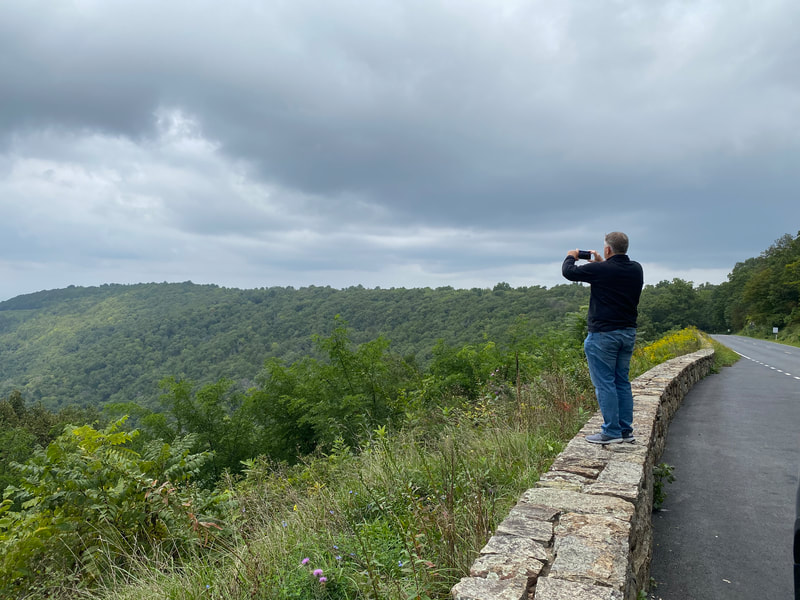































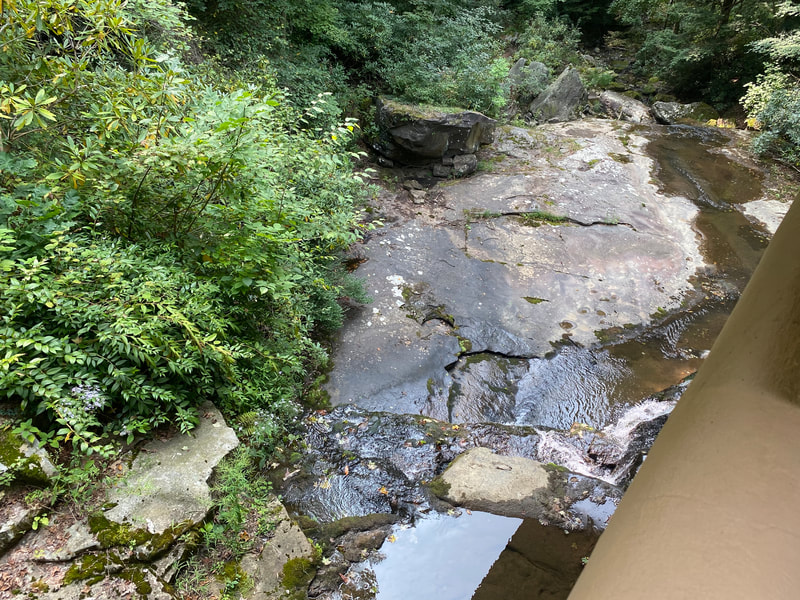

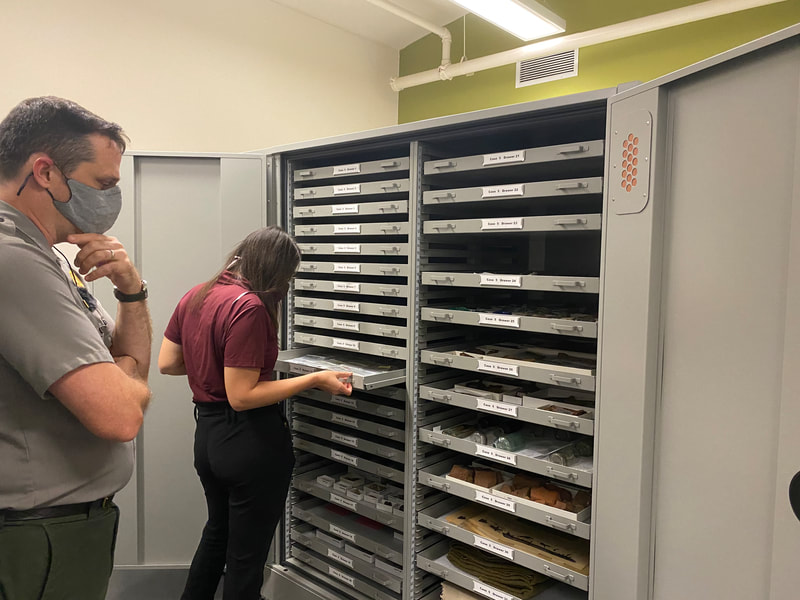









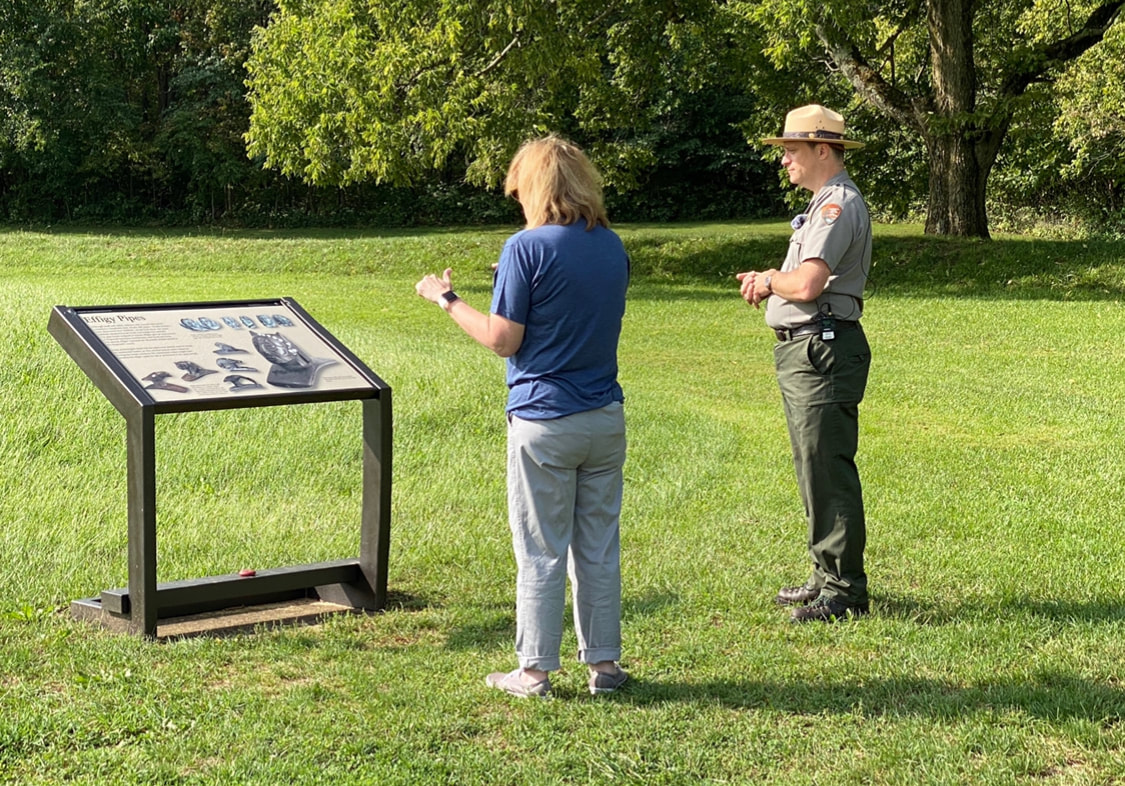




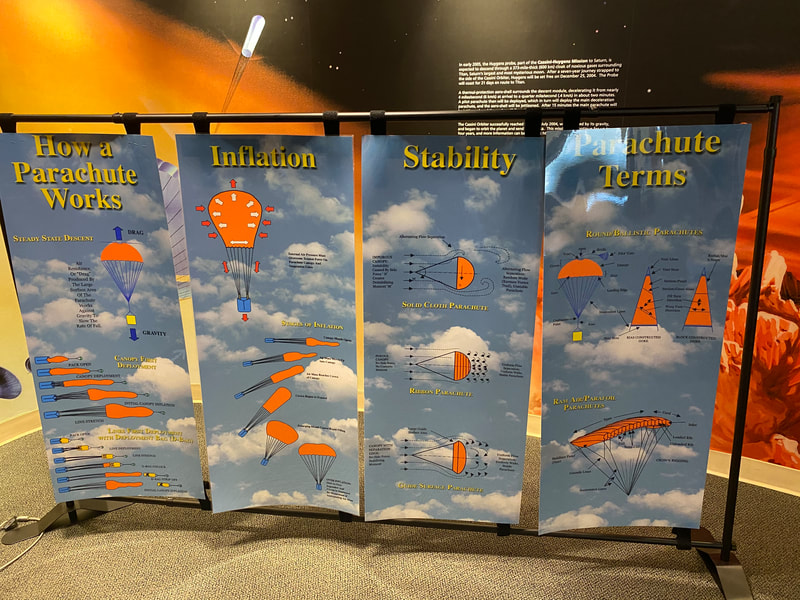










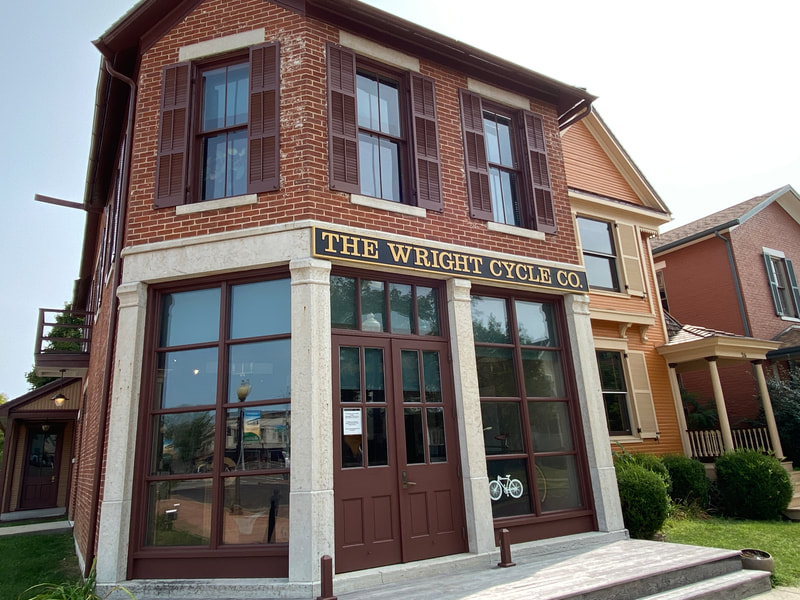










 RSS Feed
RSS Feed